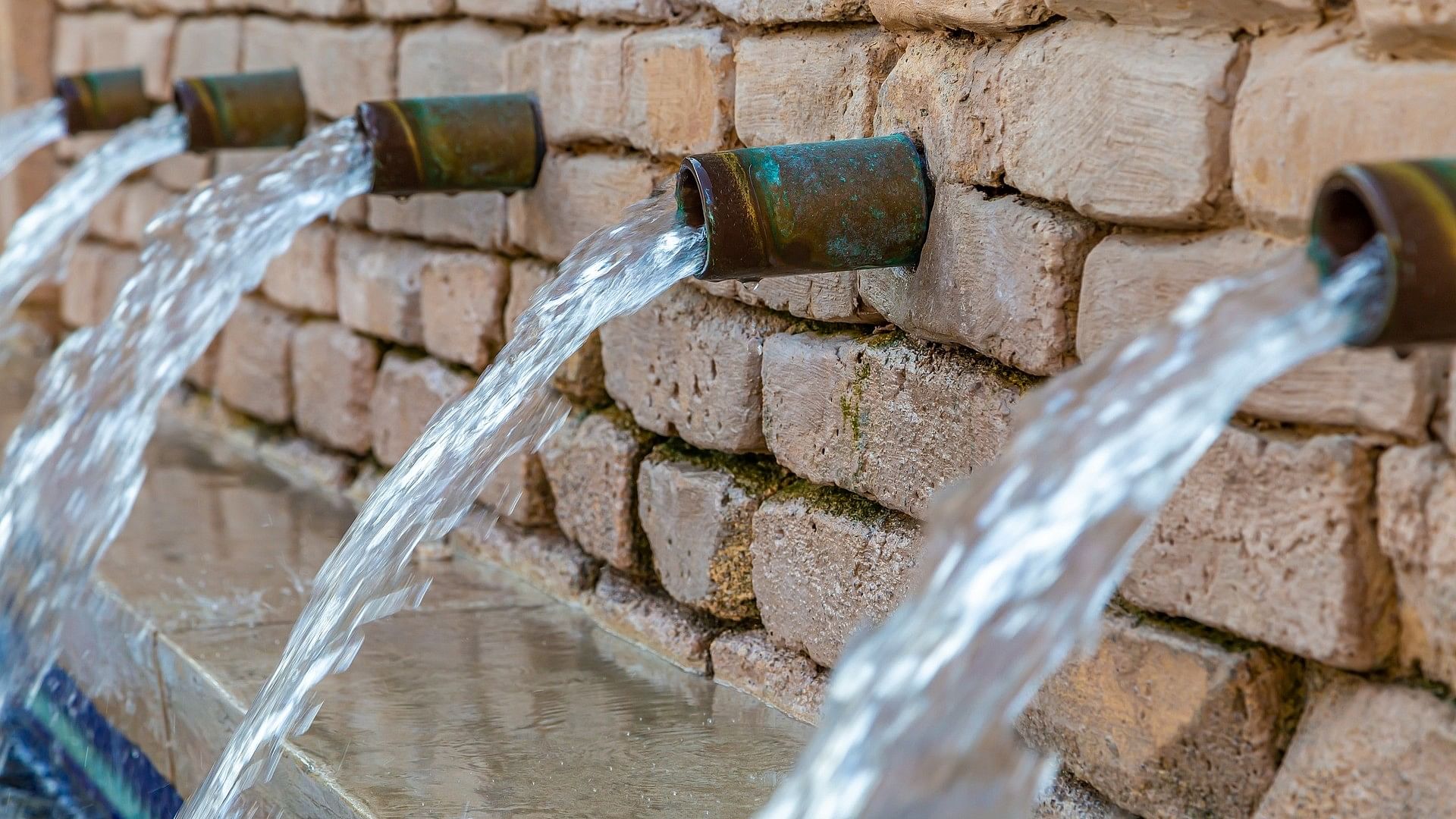
Representative image of water supply.
Credit: Pixabay Photo
Warnings have been issued in the past about depletion of ground water in India and in the world, but the latest warnings have a sense of alarm, or even doom, about them. A United Nations report, released recently, has said that some areas in the Indo-Gangetic basin have already passed the groundwater depletion tipping point and the entire north-western region of the country is likely to experience critically low groundwater availability by 2025. According to the ‘Interconnected Disaster Risks Report 2023’, prepared by a team of experts, the world is approaching six environmental tipping points: accelerating species extinctions, groundwater depletion, mountain glacier melting, space debris, unbearable heat, and an uninsurable future. Each of these tipping points is critical for the earth’s future, and coming to a head together, they would precipitate a combined disaster that would be most difficult to cope with. Such tipping points have changed the history of the earth and living beings.
India is the world's largest user of groundwater and uses more of it than the US and China combined, though the country is not as rich in water resources as these countries. Most groundwater extractions are used for agriculture, when above-ground water sources are insufficient. Aquifers have had an important role in the country but they are under stress. Many studies and reports have pointed this out. Borewells and tubewells have boosted agricultural production in the country in the wake of the Green Revolution. But the unsustainable use of water may lead to the destruction of that farming model. Most of the borewells in Punjab are overexploited. Unscientific and excessive extraction of water takes place for industrial and drinking water purposes also. Leakage and wastage of water add to the problem. There are schemes and projects for conservation of water, including rainwater harvesting, but they have not been adopted widely in the country.
The government launched the Rs 6,000-crore Atal Bhujal Yojana in 78 water-stressed districts, including 14 districts in Karnataka, in 2020 for a five-year period to promote sustainable groundwater management by communities. It is claimed that there has been progress and that the best performance was seen in Karnataka. Even if the claims are true, the programme touches only a fringe of the problem. Over 70% of the water used in the country is from ground water sources. It is necessary to create better awareness of the need to conserve the resource. There is the need for action plans to reduce the use of water, eliminate wastage, and improve conservation. Climate change will aggravate the situation in the coming years. It is now time to start counting the drops of water, used and saved.